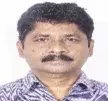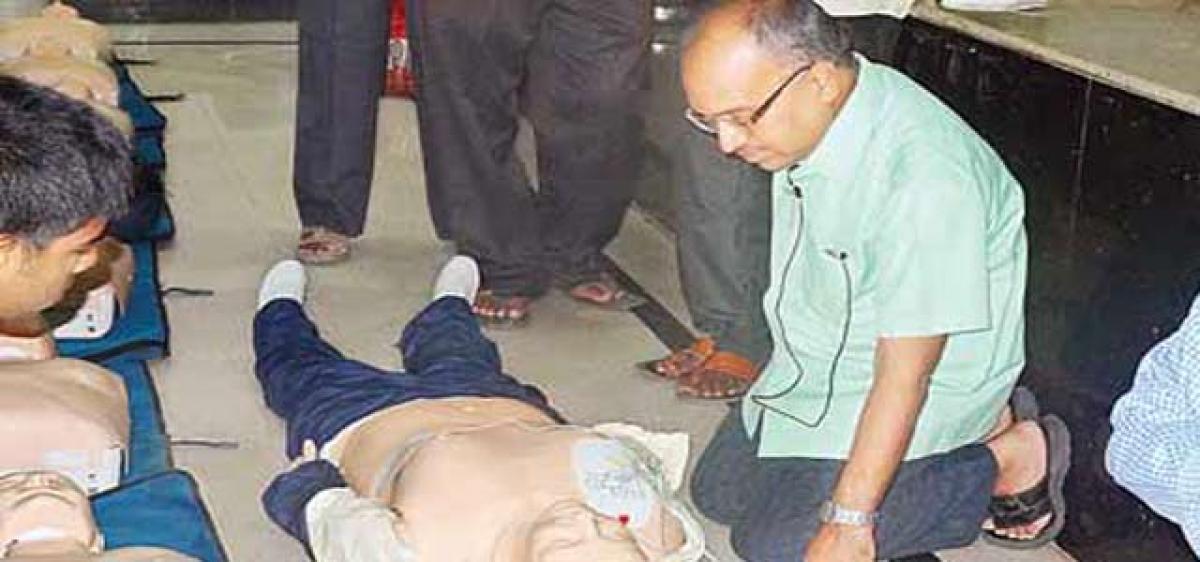Live
- Erdogan ready' to meet Assad to normalise Turkey-Syria relations
- Open exam should be conducted for selecting SC judges: Rajasthan MP
- Security forces raze 468 bunkers set up by militants, armed groups since violence began in Manipur
- Centre clears appointment of three additional judges in Madras HC
- 1st Test: I’ve seen him work so hard for this, Gill praises Pant after stellar Test comeback
- PM Modi receives grand welcome from Indian community on arrival in US
- Happy Daughter’s Day 2024: Heartfelt Wishes, Quotes, and Messages to Share
- Formula 1: Lando Norris claims pole following Sainz’s crash in Singapore Qualifying
- National Daughter’s Day Celebrating the Joy of Daughters
- Shardiya Navratri 2024: Essential Items to Remove from Your Home Before the Festival









